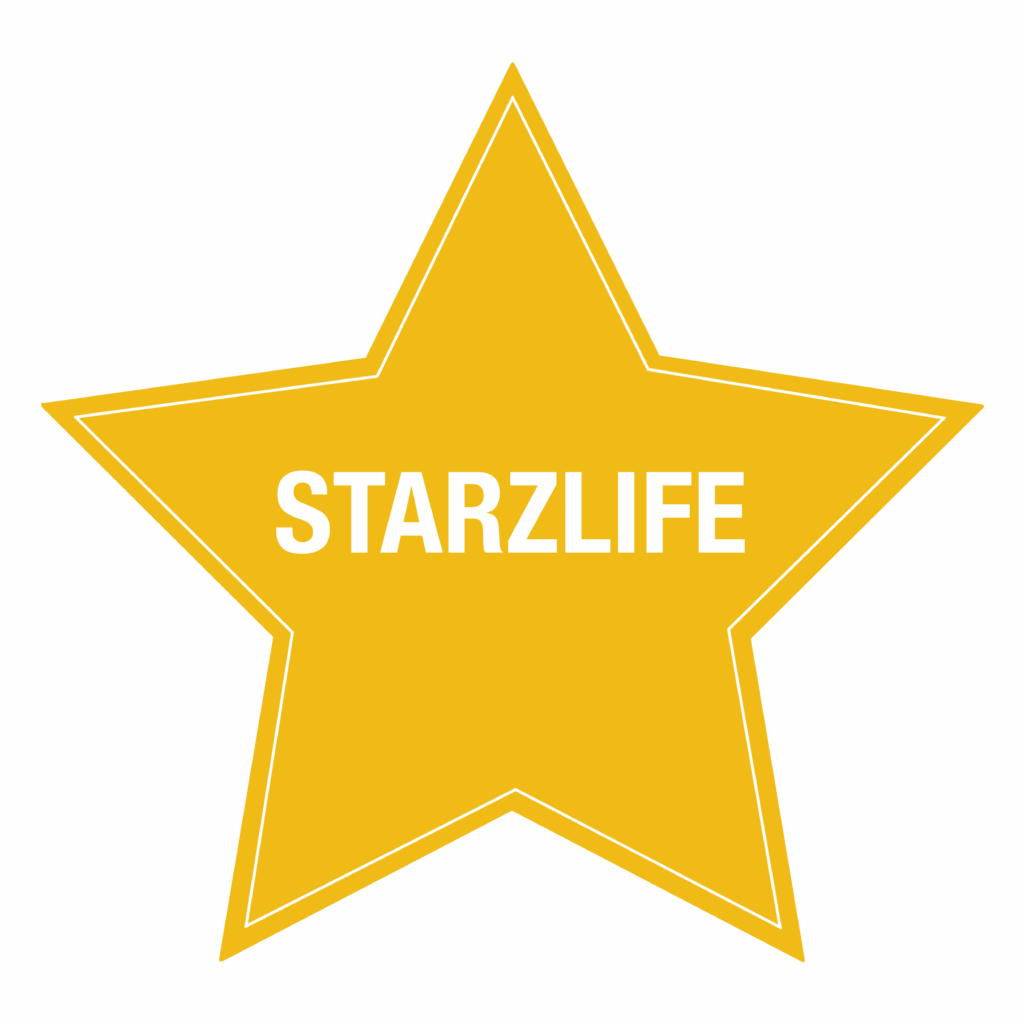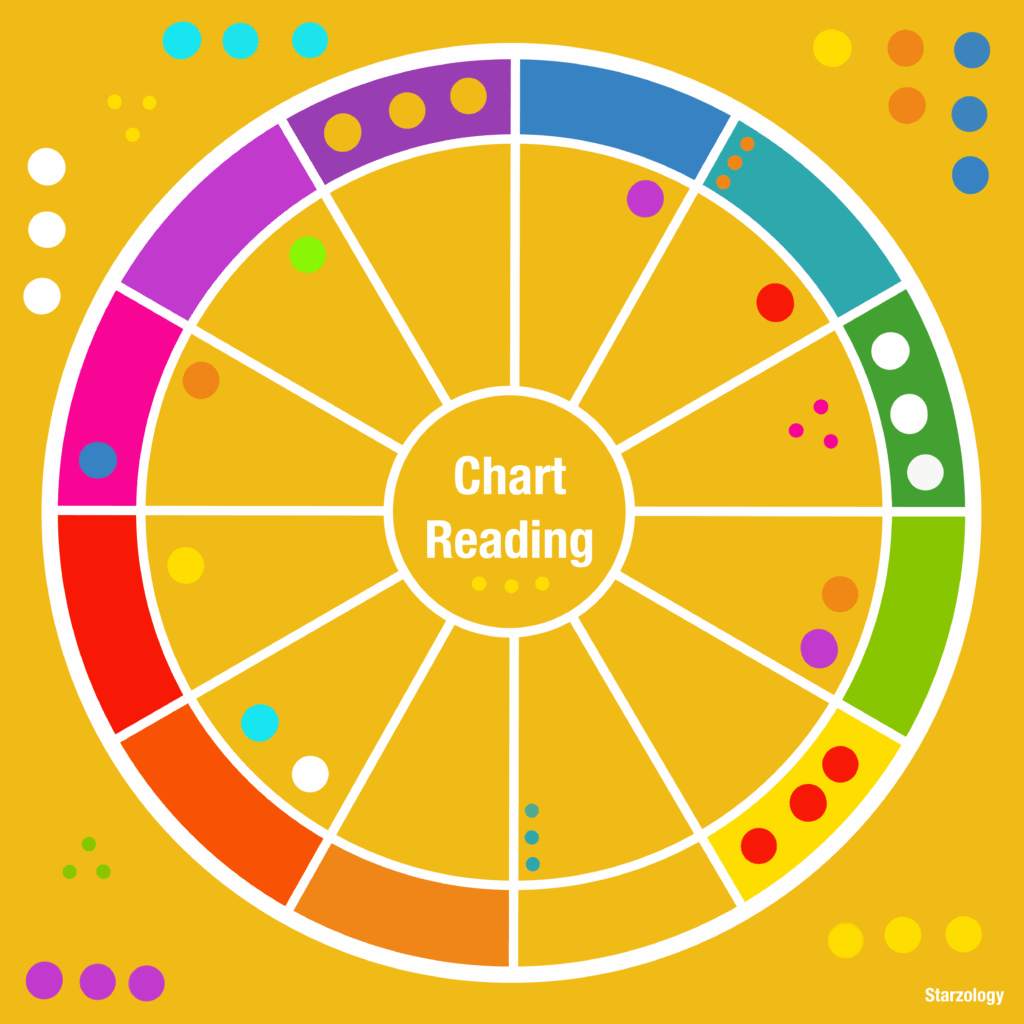Author: Alison Price – Published: October 2024
Information Overwhelm
Of all the questions I get from aspiring astrologers, forecasting is one of the more common ones. People want to know where to start, what to do first, what’s more important in a chart than other things and so on. And I agree, It’s overwhelming.
With forecasting there is no end to the amount of information that you can generate with your software and apps. The trick, really, is to sift through and decide what’s important, where to start and also what to not look at and what to dismiss that you can leave for another day. So, if you’re suffering farm forecasting info overwhelm, I’ve got some ideas on how to focus onto what you’re supposed to be looking at first. I just like to share some of my ideas about getting started in forecasting.
Get Started
I’m just going to cover the main forecasting techniques which are the ones that I use and the ones I recommend you start with. Please be aware that there are other forecasting techniques and you are certainly encouraged of explore them as soon as you like.
If you are just getting started with astrological forecasting, then focus on transits first. Every astrologer needs to know how to work with transit and they are the backbone of your forecasting data. Even if you never learn the other forecasting techniques, always focus on transits first.
How to Spend Your Forecasting Time
Each Hour
Let’s just have a quick look at how much time you should spend on each forecasting technique. We’re going to suppose here that you’ve already worked on the natal chart and probably spent an hour or two interpreting that. Now you’re turning your attention to the forecasting. Perhaps you’re going to put an hour into your forecasting. The diagram below shows that if you have 60 minutes available for forecasting, you want to spend half your time or 30 minutes on transits, 15 minutes on secondary progressions, 10 minutes on solar returns and 5 minutes on solar arc directions. Clearly the emphasis that you ought to put in your energy expenditure on each of the forecasting techniques. It is evident that transits are far ahead, by a long chalk, the most important technique you can do.

Percentage
It doesn’t really matter if you spend one hour, one day or one week on your forecasting. And in the beginning certainly you will put in more than one hour and I certainly did when I was starting out. The important thing is to pay attention to the percentage of time you spend on each of the forecasting techniques. This diagram clearly shows that solar arc directions are not as important as transits. And you should carefully expend your precious forecasting energy on the right things to start with.
Direct Forecasting
Direct forecasting refers to what is happening up there right now. There are several ways that you can work with direct forecasting techniques, but here I’m going to talk about a couple which I use and they are transits and solar returns. Let’s take a closer look at them.
Transits
Planets to Consider
When working with transits, always start from the outer planets and work in. So first look at Pluto, Neptune and Uranus and then move on to Saturn and Jupiter.
Transit Orbs
For all transit work, use a 1° orb applying and separating.
Transits What to Look For
With transits, need to know which natal house the transiting planet is in. Next you are going to look for any aspects that the planet is making to planets in the natal chart. Always look at the aspects in this order:
- Neutral aspects: conjunctions.
- Hard aspects: oppositions and squares.
- Soft aspects: the trines and sextiles.
I like to call this aspect set, my “Fab Five” aspects.
Planets Changing Signs
For personal natal chart readings, there is not much value in discussing when a transiting planets changes signs, it will change signs for everybody. Unless the transiting planet makes a direct contact to their natal chart, either via an aspect or by a house cusp change, I would tend to ignore this in personal forecast readings
Planets Changing House
When a transiting planet changes house, it is hugely important for the person. The energy that was expressed by the planet in the old house will shift onto the new area of life which the new house represents.
Retrogrades
Transiting planets will retrograde back and forth over the chart. Each contact is important to show a main theme.
Solar Returns
The technique of solar returns is the second indirect forecasting technique which I use.
How to Cast a Solar Return Chart
For each solar return chart that you calculate, your software will work out the exact moment (time) for the chart. So, solar returns come into effect for each person around one month before their birthday and definitely by the time the transiting Sun has entered the birth Sun’s sign. What you need to do is put in the current place. The solar return place depends whereabouts you are in the world at the moment of the return. So, if you were born in New York and now you are living in Hong Kong, you will cast the solar return chart for Hong Kong.
Travelling on Your Birthday
If you happen to be away from home for your birthday, as I was one year when I went down to Mexico, use that place. I celebrated my birthday in Cancun, Mexico and so Cancun was my solar return chart place for that year.
What to Look for in Solar Return Charts
Sun’s House
The first thing I look for is the Sun’s house, because that will show the trend for the whole year. Each year the solar return Sun will be in a different house. It cycles through the chart in a specific pattern. The solar return Sun’s house is an indication of the types of things that there will be a focus on for the individual that year.
Sun’s Aspects
The second step is to consider all of the solar returns Sun’s aspects. You need to explore each solar aspect as it will have something to say about the solar return chart. On a side note, I never look at the other planets positions or aspects within the solar return chart, although you can if you have time.
Solar Return Ascendant.
The solar return Ascendant is always an interesting position in the solar return chart. I would always put the solar return Ascendant position degree into the natal chart to see which house it is highlighting Additionally, if you have time, you can do this the other way around as well.
Indirect Forecasting
Indirect forecasting covers all techniques where the chart is extrapolated through a time-based count forward. Secondary progressions are equal to one day per year. There are many ways of calculating indirect forecasted charts, but we’re just going to concentrate on two here today. They will be the secondary progressed chart and the solar arc directed chart.
Secondary Progressions
How to Cast a Secondary Progressed Chart
Your computer software will calculate your secondary progressed chart for you. You do not have to enter the time, but make sure the chart is set for the natal place of birth. For all progressed chart interpretations please use a 1° orb.
Note
And for more certainty, this means use 1° of for all the aspects, whereas in a natal chart you would use an 8° orb for a conjunction, when working with forecasting, you’re going to be using a 1° orb both applying and separating.
Progressed Chart What to Look For
There are three main things to look at in the secondary progressed chart, and they are:
- House ingresses
- Sign ingresses
- Aspects
Progressed Planets to Consider
Typically, with progressed charts, you start with the inner planets at the Sun and work your way out through the five personal planets. So that would be the Sun, the Moon, Mercury, Venus and Mars in order. Now you can if you wish, work on the outer planets too, but you would have covered those energies already in the transits section.
Progressed Planets Changing House
Look for progressed planets changing houses. When they are within 1° orb of the actual house cusp. In general and loosely, the personal planets will be moving at about 1° year, so one if you use an orb of 1° it will give you a run up to the actual house change as well. These are important as some planets are better placed in some houses than others.
Progressed Planets Changing Signs.
With a bi-wheel, look for any progressed planet changing sign in the natal chart. And again using 1° or applying and separating.
Progressed Planet Aspects
With progressed planets play attention to the aspect starting in sequence with the conjunction, opposition, square, trine and sextile. If you have time, you can work on to the lesser used aspects as well, but I never do.
Progressions Overview
Usually there is not much information that comes through in a progressed chart. You may have 3 or 4 planets changing sign or house and you will definitely consider those.
Solar Arc Directions
How to cast a Solar Arc Directed Chart
Your computer system will cast the solar arc directed chart for you. Make sure the place is set for the natal birthplace.
Directed Charts What to Look For
The directed Sun’s position will be the exact same position as the as the progressed Sun’s position. Directed planets only move forward, there is no retrogradation in a directed chart. With the directed chart, you are again looking for the three main things:
- Directed planets changing signs
- Directed planet changing houses
- Directed planet aspects to natal planets.
Directed Planets Changing Signs
Look for any directed planets changing signs. Use a 1° orb.
Directed Planets Changing Houses.
Look for any directed planets changing house and again use a 1° orb to the house cusp.
Directed Planet Aspects
Look for any directed planets making aspects to the natal chart. You will use it 1° orb for this. Look at the aspects in sequence of conjunctions, oppositions, squares, trines and sextiles. Again, you could look at the lesser used aspects if you wish and if you have time, but I never do. Typically, there is not much information that pops up in a solar arc directed chart, but what does come forward is gold.
Overarching
Transits First
Forecasting is a vast subject and there’s always something new to learn, but if you’re just getting started, then begin with transits and fully understand them because this knowledge will benefit you even if you’re doing horoscope work in general as well. For every client’s chart which you ever look at, you will always consider their transits. Getting to know where each of the planets currently are placed is always a great thing for an astrologer.
Starzlife
Premium Astrology Newsletter
This piece originally appeared in our Starzlife premium astrology newsletter. As with every issue, subscribers received a complimentary PDF download related to this topic.
For those interested in receiving such in-depth articles directly upon release, we encourage you to join our Starzlife premium astrology newsletter.
Your subscription to Starzlife not only grants you access to exclusive content but also helps sustain our creative endeavors and operational costs.
⠀
Find out more about Starzlife here.
⠀
Author Bio
Alison Price: Professional Astrologer
Alison helps you uncover your individual creativity and lead a fulfilling life using your own astrology. She shares her wisdom from the heart with a touch of humor. She offers Consultations for everyone and Coaching for Aspiring Astrologers.
If you’d like to get in touch with Alison, you can reach out to her via email at starzology@gmail.com.
More Articles
If you enjoyed this post, you may like some more astrology related articles from our blog.

November 2025 Overarch
In astrology, keep up with the forthcoming transits. Here is the Starzology November 2025 Overarch for ingresses, stations and lunations.

Venus Retrograde 2025
Author: Alison Price - Published: March 2025 Venus Retrograde 2025 Mark your calendars, as the the love and money planet Venus is going retrograde and this is set to begin on March 2, 2025 and will continue until April 13, 2025, from Aries to 24° Pisces. This...

Starzlife Free Newsletter
Welcome to “The Starzologer” ideas, insights and inspiration for creative, artistic
astrologers to keep the astro conversation going.









